The Graphic Arts collection includes original work by the British artist William Blake (1757-1827). Among these is an over-painted monotype entitled “Eternally I labour on” for his Urizen project. This Blake came to Princeton in a small bound volume (4to) with a letter written by A. Edward Newton: “This is a hand colored plate by William Blake, not an original drawing, from Urizen. I bought it from Gabriel Wells when we were in London together in the summer of 1921. And I paid a pretty stiff price for it, too. Edward Newton, May 1922.”
When the painted print was exhibited at the Philadelphia Museum of Art in 1939, the catalog noted, “Los striving to lift the Stony Roof, the 10th plate of Urizen. Painted with strong opaque pigments, printed by Blake’s monotype process. The background, showing clearly the reticulation of the mill-board, is especially brilliant, being executed in a wonderful variety of bright colors. Surrounded by framing lines, and inscribed below by Blake, ‘Eternally I labour on’.”
How this image fits into the published and unpublished copies of Urizen has been a subject of much research. Here are a few comments.
“Although considered a monotype because of Blake’s unique color-printing techniques, the image of “Eternally I labour on” originally belongs to one of Blake’s Illuminated Books printed around the 1790’s entitled The Book of Urizen - also known as The First Book of Urizen. Blake created seven copies … only two of which contain all twenty-eight plates. The Princeton Collection’s … image also belongs to Blake’s Small Book of Designs copy B, a compilation of 23 impressions of images without text from Blake’s other books commissioned by Ozias Humphry. Therefore, when Blake first began experimenting with this image, his intention was not to create a print for individual sale.” Elizabeth R. Lemoine, class of 2009
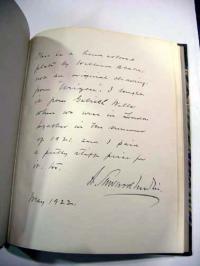
“Many thanks for the image of Urizen plate 9 from Small Book of Designs, copy B. Actually, copy B of both the Large Book and Small Book is a bibliographical invention, because most of the impressions are second pulls, impressions pulled from the plate while the ink was still wet. However, your impression does not have a corresponding impression in copy A (there are one or two others like that in copy B). All the B impressions have the three or four frame lines, and the impressions are, as you say, monotypes. He could get a good second impression from the plate without replenishing colors between pulls, but the second impression was usually lighter and required more finishing in pen and ink and watercolors. Even a second impression from the plate, though, is still technically a monotype because the impressions are not exactly repeatable.” an email from Blake expert Joseph Viscomi
For more information see, The William Blake Archive, Editors Morris Eaves, Robert N. Essick, and Joseph Viscomi http://www.blakearchive.org
Joseph Viscomi, Blake and the Idea of the Book, Firestone NE642.B5 V57 1993
Thanks to Mrs. Gerard B. Lambert of Princeton, RBSC also holds several Blake poems in manuscript, including:
I asked a thief to steal me a peach.
He turned up his eyes.
I ask’d a lithe lady to lie her down.
Holy & meek she cries.
As soon as I went an angel came:
He wink’d at the thief
And smil’d at the dame,
And without one word spoke
Had a peach from the tree,
And ‘twixt earnest & joke
Enjoy’d the Lady.
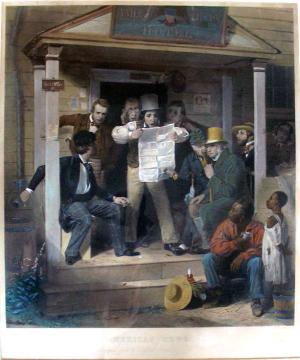

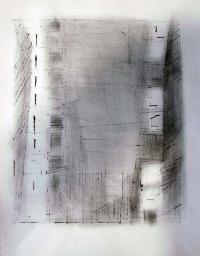
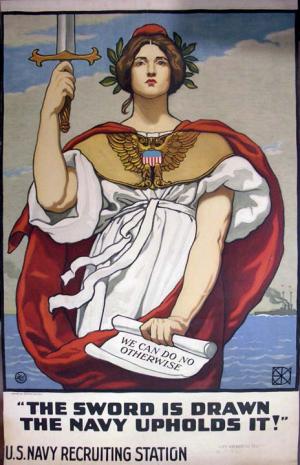
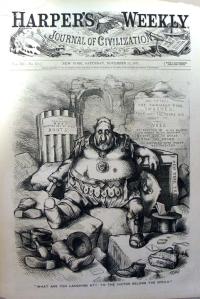

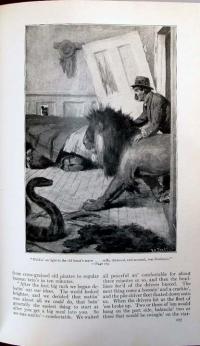


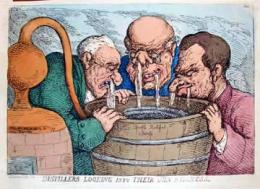
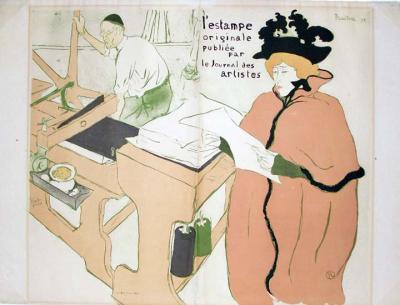



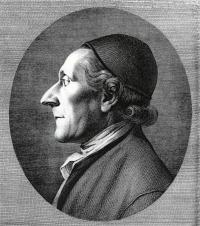
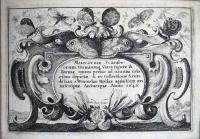
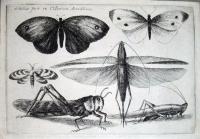

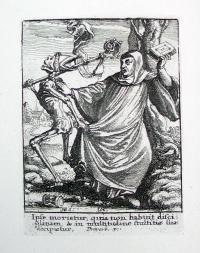

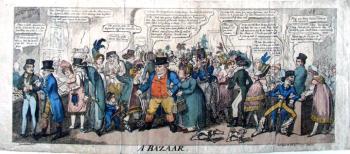
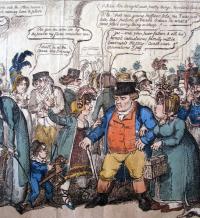
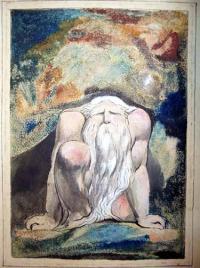


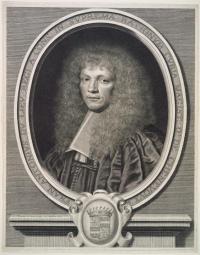
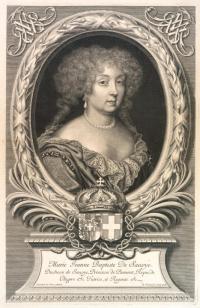
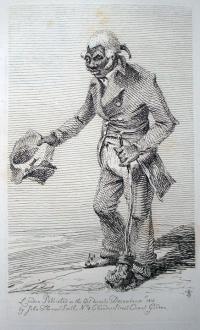
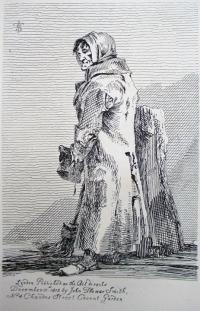
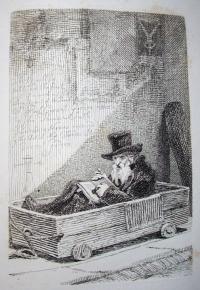


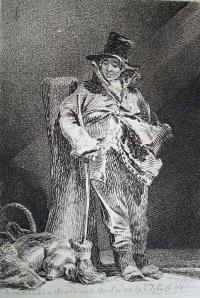



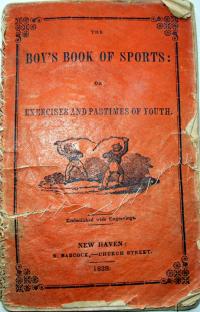
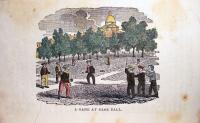
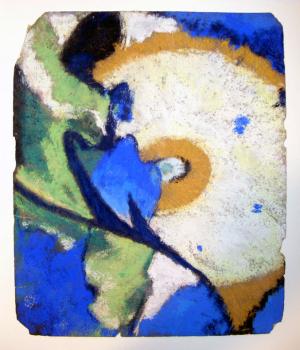
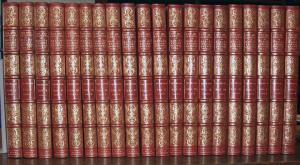

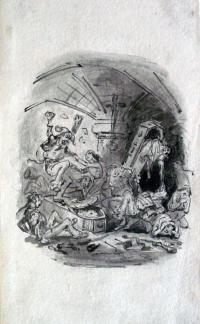
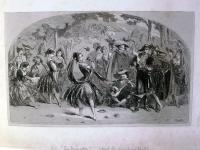
Recent Comments